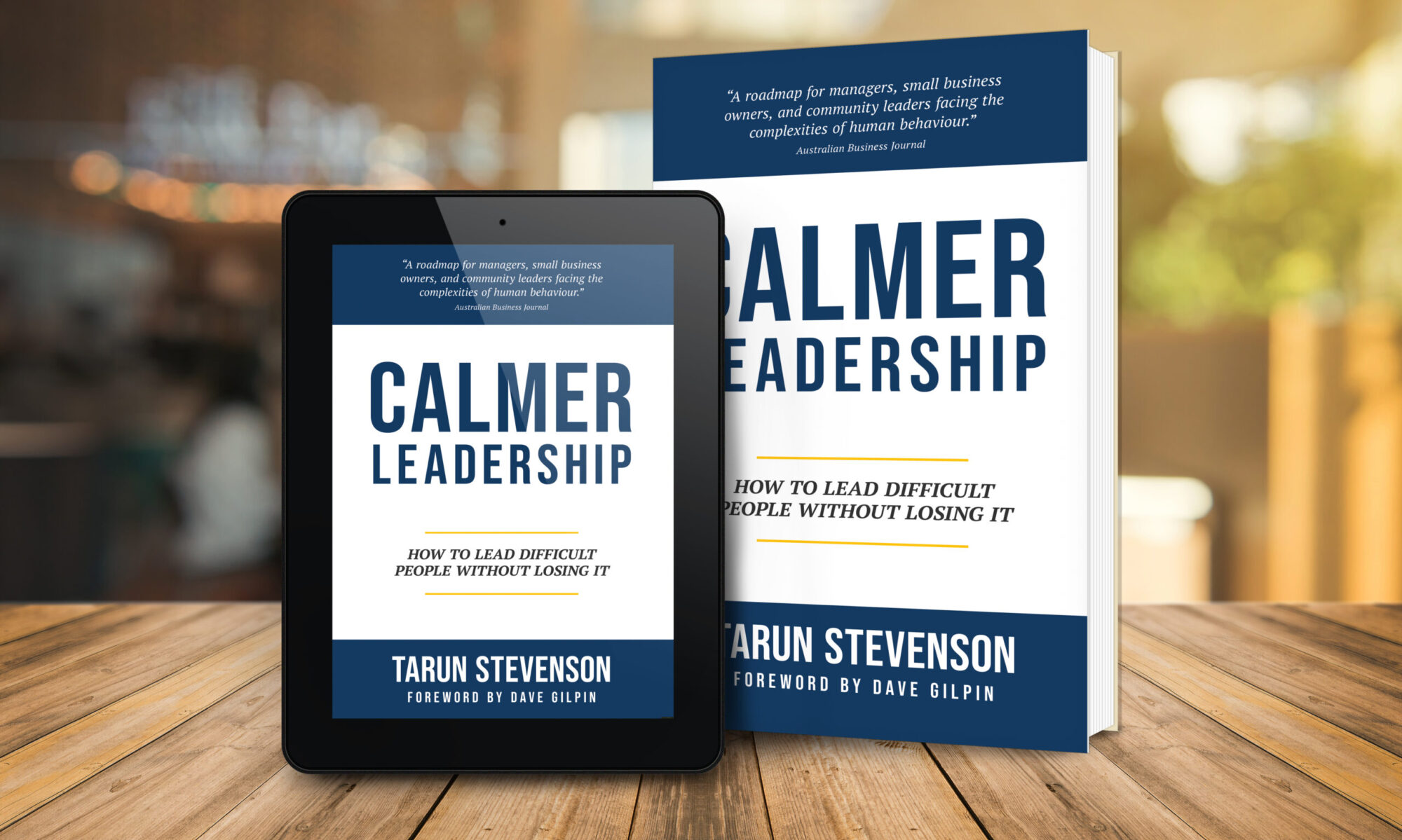Four easy steps to master procrastination. How I beat procrastination and learned to work more efficiently while increasing my productivity and capacity.
Hi, my name is Tarun Stevenson and I am a procrastinator. For as long as I can remember, I have put off what can be done today for tomorrow. In fact for a long time I thought that was what the old proverb said; Why do today what can be put off for tomorrow…
“Why do today what can be put off for tomorrow… Said every procrastinator ever!”
I remember being at college in my late teens and wandering around the dorm rooms during exam block trying to find just one other fellow student who was, like me, not studying and convince them to go down-town just so I didn’t feel guilty for avoiding my own study…
If that failed I would find a good student who was studying and convince them that they needed to take a break and come hang out for a while. I was pretty convincing and always managed to get somebody to come along.
The night before exam day would come, I would realise my need to study and hit the books hard for 12 hours. Fortunately, I usually did well with this strategy, except I just never retained anything beyond the exam and the amount of pressure I put myself under to work like this was ridiculous.
I took this habit into my work life and many times put myself under intense stress trying to get work done at the last minute. I would usually feel guilty for having not done the work earlier but no matter how good my intentions were to start sooner, I always found myself putting things off time and time again.
If I did on the rare occasion get onto my work early, I would often (and still do) get distracted easily with a dozen other tasks that were less pressing and often end up behind the 8 ball regardless.
“Procrastination is like a credit card… fun until you get the bill. Christopher Parker”
Sound like you? Do you have a list of jobs a mile long that you know you need to get to but keep finding yourself distracted or putting them off for less productive tasks? Do you have people around you constantly say don’t put it off; get onto it now… but you never do? Maybe you do try to get started early but there is always something that takes your focus and you end up losing momentum on the things that matter?
Hey I hear you… the good news is this doesn’t have to be something that holds you back. What I am discovering, is there is some very sound science as to why this happens, and there are some very easy strategies to help you manage this.
“Work expands to fill the time available for it’s completion.” Parkinsons Law ”
First the science:
1. Parkinson’s Law
While observing productivity trends in the British Civil Service through the 1950’s, a guy by the name of Cyril Northcote Parkinson suggested that the longer you have to complete a task the longer it will take for you to get working on it. Basically you will extend your work to the limit of the deadline.
Why this can be a problem for procrastinator is; we intuitively understand this and will always push our work schedule out to accommodate the deadline that we have.
Mel Robbins talks about this extensively in her book “The 5 Second Rule”, but basically the reason you tend to leave everything to the last minute is; it is your brain’s way of prioritising your workload.
In a sense your brain looks at all the tasks and activities you have and prioritises them in order of urgency. If you’ve got a report due in 2 weeks, your brain will tell you to push it out for 2 weeks to leave room for other more potentially pressing issues that may or may not come up. You may or may not have something more pressing, but your brain wants to make sure if something comes up, you have thinking capacity for it. It’s like your brain is planning ahead for you.
Great if you actually have stuff come up, but more often that not, we allow this margin or space to be filled with other non-essential tasks and other people’s emergencies. In the end, we usually have no margin left, even if creating margin was the point of procrastinating in the first place.
2. Its all about coping
Psychologist Fuschia Sirois suggests that procrastination is closely linked to our moods and is often a coping mechanism for self-regulating stress.
The process of completing a task, meeting a deadline or learning a new topic can often be a catalyst for stress. It takes effort and mental focus that can cause immense internal discomfort. For the procrastinator, work avoidance can often be linked to the desire to make one’s self feel good now versus waiting to complete the task before enjoying your desired reward.
“The procrastinator uses work avoidance to relieve stress: It’s a vicious cycle”
Essentially a desire for instant gratification vs delayed gratification. However the problem researchers Tice , James and Baumeister found is; the quality of work a procrastinator produces is often compromised and frequently unfinished. On top of this they also found that procrastinators although looking to relieve stress in the short term, ended up suffering greater amounts of stress over the long term by delaying the inevitable.
“The quality of a procrastinator’s work is often compromised and unfinished…”
The reality is; although procrastination can have negative outcomes in the way that you work, I know as a procrastinator I have an immense ability to produce under pressure and I often think some of my best work is done under these conditions. Or is it?
You probably feel the same way. That’s what we do as procrastinators… we excuse ourselves because the thought of working any other way is just unthinkable…
“Procrastination is one of the deadliest of diseases… Wayne Gretzky”
But I am realising when I do get organised and manage my procrastination I actually have some work in me that is really great but I never thought possible while I was procrastinating.
When I procrastinate, I might think it’s my best work but in fact it is only the best work I can produce under the pressured deadline. I’ve begun wondering, how much more could I achieve if I gave myself the time and focus to do it well? Am I actually selling myself short?
There is also the wider toll it takes is on the people around you. Family, work colleagues & and friends all have to put up with the stress and the pressure of a procrastinators deadlines. Often the long-term relational stress this can cause can out way the short-term gains in personal stress relief…
“Procrastination ultimately leads to greater stress for the individual and others”
I am also finding that as I get my procrastinating under control, I have increased my capacity as a leader. My ability to accomplish more in my life, take on greater challenges for even greater rewards has increased as I have taken steps to challenge the excuses of my procrastination and face the pain of delayed gratification.
“My ability to accomplish more has increased as I’ve dealt with procrastination.”
How much are you selling yourself short on? Do you have dreams that remain unrealised because of your unwillingness to push beyond the temporary pain of getting onto of your procrastinating?
Why not make today the day that you do something about it…
What to do?
Ok so you’ve know you want to do something about it, but what do you need to do? Here’s some tips that have helped me to manage my tendency to procrastinate and increase my capacity and productivity.
1. Remove distractions
Tim Ferriss’ book 4 Hour Work Week has some great suggestions on this. Basically, the idea that we can multi task or that multitasking makes us more efficient is a myth. In the age when constant digital distractions can be your undoing, bring them under control is the first step to bring procrastination under control.
• Turn off all your notifications on your phone and computer. Get rid of the constant dinging of notifications and schedule time to manage each of your apps that require your attention. Rather than letting Facebook and email pull you away from the work you must do, determine that you will only check them at set intervals through the day. This has the dual benefit of helping you to stay focused but also gives you a timed break as a reward for staying on task.
• Close all the extra tabs on your computer, turn off the TV in the background and only have “on” what is related to your current task.
• If there are other distractions, like work environment, family or friends; find a space you can work away from these distractions for a time.
2. Focus on one task at a time
Now that you’ve removed your distractions, chose one task at a time that you will focus on.
Studies from Stanford show that your brain can’t process more than one string of information at any one time. In fact, in this study, chronic multi-taskers were found to have less efficiency, clarity and ability to retain critical information than low multitaskers.
Once the task is set, work on it until completed before picking up another task. If it is not a task that can be finished in one sitting, schedule a set amount of time in which you will give all your focus to that task before moving on to the next one.
“Multitasking is a myth. You’re not doing more, better… you’re just doing less, badly”
3. Keep a list and give everything a deadline.
Take a moment in your morning before starting work to write yourself a list of tasks for the day. Once you’ve set your list, give yourself a deadline for each task.
This will help you use Parkinson’s law to your advantage. If your brain is going to insist on expanding your work to the amount of time allotted to it, give your brain deadline that will get you working on your project sooner instead of leaving it till the last minute.
The list will also come in handy for those moments when other tasks pop into your head trying to lure you away from your focus. Write the extra ideas, jobs, thoughts and distractions down on your list for attention after you have finished. Reassure yourself that you will come back to it, you just need to get your current work done now.
By writing down your ideas, thoughts and distractions, you will ensure you don’t forget them and you will put your mind at ease about waiting till later to give them attention.
4. Reward yourself with frequent breaks
If part of the function of procrastination is to; help your brain decompress from the stress it is experiencing, then building in regular reward breaks can be very effective.
If you have been putting off a task that you know you should do but you “just want to give yourself a chance to relax” or have “lost your mojo” or “hit a wall”, then you are probably not giving yourself enough opportunities to rest, or reward yourself as you work. Brain fatigue can be a big cause of procrastination and if you wait until you’ve hit the wall, you’ll usually end up wasting way more time than you can afford.
“Taking shorter breaks more often improves problem solving and increase efficiency”
Instead, give yourself a shorter time block to work with no distraction and build in regular brain breaks that reward you for your focus. Work 30mins then take five-minute walk, make a coffee or get yourself a treat, under the proviso that as soon as than five-minute break is done, it’s straight back to the task at hand.
Giving yourself short regular breaks can help avert the massive burn out that often comes with working non-stop.
Regular short breaks can also improve efficiency. Your brain has 2 modes of working. Focus mode and Thinking mode. Your thinking mode is where you problem solve and make connections. By taking short breaks from your focus mode you give your brain a chance to evaluate what it’s working on and work through any problems that may have cropped up.
Regular breaks also help with boredom. If you are working on a task that you consider boring, regular breaks will help to break it up and maintain your motivation and focus.
Get to it
Ok now that you’ve just procrastinated from your task at hand by reading this blog, it’s time to get back to it. Decide to implement these 4 easy steps in your work routine and then let me know how you go (when you have scheduled time for email!)
“Quit making excuses and just do it! You’re excuses haven’t changed anything yet”
It will take practice to develop a new habit in the way you work, it won’t happen overnight. But if you’re prepared to put in the effort, the rewards to your productivity, stress, and overall capacity will be immense. Give it a go and quit procrastinating today…
If you would like to learn more about effectively growing in your leadership, why not check out our FREE Goal setting guide. See below for details.
https://leadcommunicategrow.com/free-goal-setting-guide/
5 Steps to Set Goals that Work












